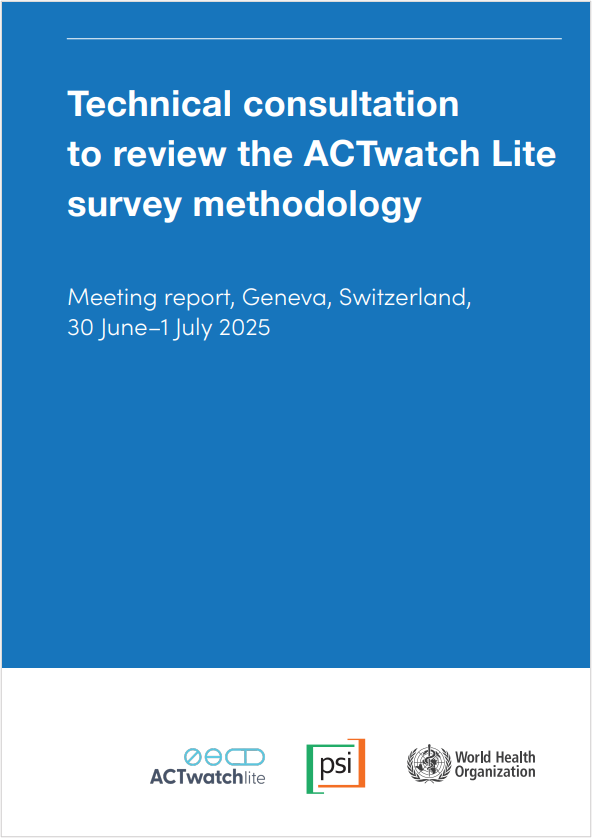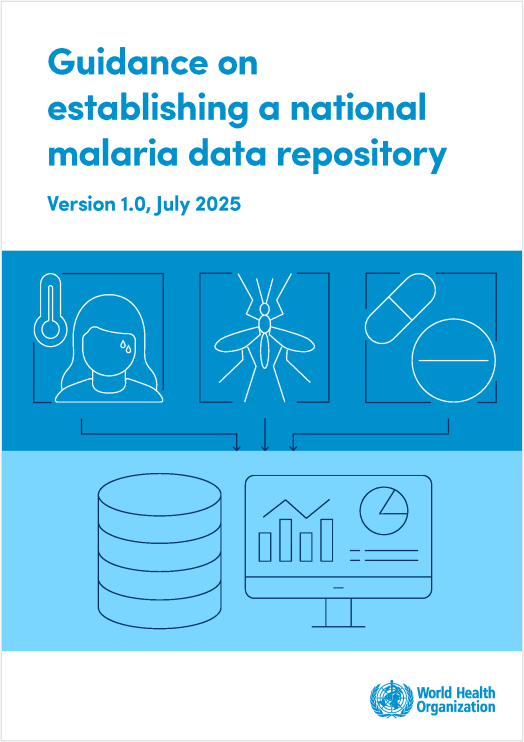Last Updated: 07/11/2024
How does the malaria parasite transform its unique cytoskeleton to ensure disease transmission?
Objectives
This proposal aims to understand how P. falciparum assembles and utilises its distinctive microtubule cytoskeleton in three sequential and under-studied lifecycle stages; gametocyte maturation, their conversion into gametes in the mosquito and subsequent gamete fertilisation.
To ensure disease transmission, the malaria parasite undergoes multiple rounds of metamorphosis, as it entirely alters its cell morphology to promote uptake and establishment in the mosquito. Each round of cellular transformations is driven by an important cytoskeletal component: the cell’s microtubules. Microtubules provide organisation and shape while allowing cells to transport cargo, divide, move and oppose distortion. Their importance across eukaryotes and establishment as an effective drug target has resulted in their extensive study and emphasised their high structural conservation. Remarkably however, it was recently shown that transmission stages of P. falciparum have microtubules evolved to undertake specific roles, with structures that are strikingly different from the well-studied canonical microtubules in vertebrates. Understanding these unique structures will pave the way for structure-guided drug targeting. Using state-of-the-art in situ structural biology methodologies that span resolution and biological scales, this project will determine microtubule structures and study how their non-canonical forms confer important and unique properties to the parasite.
Jan 2024 — Jan 2032
$3.78M


